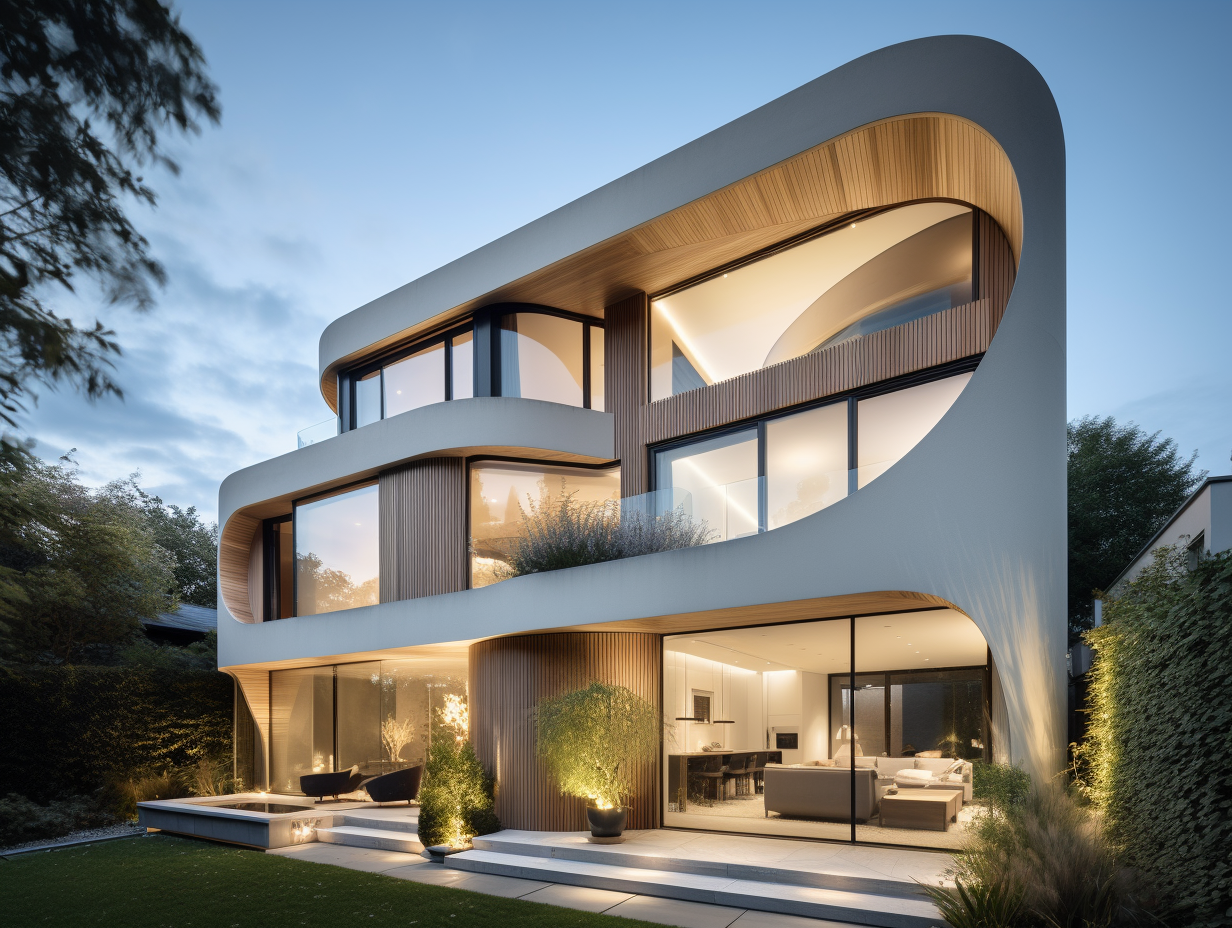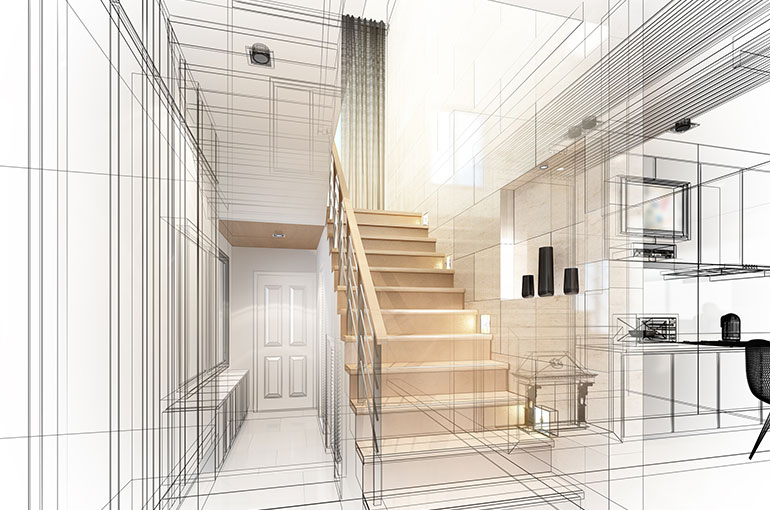Exactly How CDA Architects Integrate Eco-Friendly Practices in Architectural Projects
Exactly How CDA Architects Integrate Eco-Friendly Practices in Architectural Projects
Blog Article
The Impact of Technical Developments on the Design Practices of Contemporary Architects
The fast advancement of technical devices has actually significantly reshaped the design landscape for contemporary architects, promoting extraordinary degrees of technology and sustainability. Discovering these characteristics reveals a nuanced interplay between technology and traditional design methodologies, prompting a closer examination of what the future holds for architectural practices.
Advancement of Architectural Devices
Just how have architectural tools changed the style and construction procedures over the centuries? The development of building devices has dramatically affected the efficiency, precision, and imagination of design and building.
With the introduction of the Renaissance, the intro of the compass and the protractor marked a pivotal shift. These devices allowed architects to accomplish greater precision in their designs, assisting in the development of even more elaborate and proportional buildings (cda architects). The Industrial Change even more reinvented architectural technique with the introduction of mechanized devices and materials, enabling larger and a lot more enthusiastic projects
In the 20th century, the advancement of computer-aided layout (CAD) software application changed the landscape once more, offering engineers with unprecedented abilities in modeling and visualization. Today, progressed tools such as Building Info Modeling (BIM) and parametric layout software continue to press the boundaries of architectural advancement, making it possible for a more integrated technique to layout and construction processes.

Enhanced Collaboration in Design
As technology remains to progress, enhanced cooperation in design has actually ended up being a cornerstone of modern-day architectural technique. The combination of digital tools such as Structure Information Modeling (BIM), cloud-based systems, and advanced visualization software program has changed the way designers, engineers, and stakeholders engage throughout the layout process. These devices help with real-time interaction, allowing teams to share concepts, modifications, and responses immediately, no matter of geographical location.
Additionally, virtual truth (VIRTUAL REALITY) and augmented truth (AR) have more enriched collaborative efforts by making it possible for immersive experiences that allow clients and staff member to imagine jobs in an extra engaging way. This degree of communication not only improves understanding however additionally fosters a sense of ownership amongst stakeholders, bring about more informed decision-making.
Furthermore, interdisciplinary cooperation has actually been streamlined with these technical innovations, making it possible for engineers to work extra closely with other professionals, such as metropolitan coordinators and ecological professionals. The outcome is a more cohesive method to develop that thinks about different viewpoints and proficiency. Ultimately, improved partnership in style is not simply a pattern; it is vital for producing ingenious, practical, and visually pleasing design in a progressively complicated world.
Sustainability Through Technology
Sustainability in architecture has actually significantly come to be linked with technical development, driving the industry toward eco liable techniques - cda architects. Contemporary designers are leveraging sophisticated technologies to minimize ecological influence while improving the performance of structures. One noticeable example is making use of Structure Details Modeling (BIM), which enables for accurate planning and source allowance, decreasing waste during building and construction and promoting energy performance throughout a building's lifecycle
Moreover, clever materials and energy-efficient systems are being integrated right into designs to maximize source usage. Technologies such as photovoltaic or pv cells and eco-friendly roofing systems harness renewable resource resources, adding to reduced carbon impacts. Furthermore, the application of expert system in design procedures enables engineers to mimic and assess energy intake, assisting choices toward even more sustainable end results.
The integration of lasting technologies not click to find out more just straightens with worldwide ecological goals yet also satisfies an increasing demand from customers for environmentally friendly remedies. As architects accept these innovations, the focus changes in the direction of producing rooms that are not just aesthetically pleasing however additionally functionally sustainable, consequently redefining the criteria of modern design. In this means, technology functions as a stimulant for sustainability, making it possible for architects to develop structures that regard and enhance the natural surroundings.
Obstacles in Execution
While technological developments in design hold wonderful promise for enhancing sustainability, their application commonly runs into significant challenges. One primary challenge is the steep discovering curve connected with brand-new modern technologies. Architects and construction experts may need substantial training to properly utilize advanced software application and tools, which can delay project timelines and increase costs.
Additionally, the integration of arising modern technologies, such as Structure Details Modeling (BIM) and lasting materials, typically requires partnership across multidisciplinary groups. This cooperation can be prevented by distinctions in know-how, process, and communication styles, bring about possible disputes and ineffectiveness.
Financial constraints better make complex the adoption of innovative modern technologies. Lots of architectural firms, specifically smaller sized ones, may do not have the sources to buy cutting-edge devices, limiting their capacity to take on larger companies that can pay for such investments.
In addition, regulative frameworks and building ordinance may not equal technical improvements, creating obscurity and prospective conformity problems. This challenge can prevent architects from totally accepting brand-new innovations, as the threat of non-compliance may surpass the benefits. Consequently, attending to these implementation difficulties is crucial for the effective integration of technical advancements in contemporary building practices.
Future Fads in Architecture
The difficulties linked with the implementation of new modern technologies in architecture have triggered a reevaluation of future fads within the industry. As architects navigate concerns such as sustainability, urbanization, and social equity, they are increasingly adopting ingenious modern technologies to boost design efficiency and environmental efficiency.
One noticeable fad is the integration of synthetic knowledge (AI) helpful hints in the style procedure. AI devices can analyze vast datasets to notify style decisions, improving both creative thinking and capability. Structure Details Modeling (BIM) proceeds to advance, making it possible for real-time collaboration amongst stakeholders and promoting structured task monitoring.
Lasting style methods are likewise getting momentum, with designers focusing on adaptive reuse and regenerative layout concepts that lessen resource intake and waste. The consolidation of wise materials and renewable resource sources will certainly additionally boost the resilience of buildings in the face of environment adjustment.
Additionally, the rise of parametric design permits even more individualized and context-sensitive architectural services. By harnessing these innovations, designers are poised to develop developed environments that not just attend to the instant needs of culture but additionally expect future challenges, therefore redefining the function of architecture in an ever-changing globe.
Conclusion

Report this page